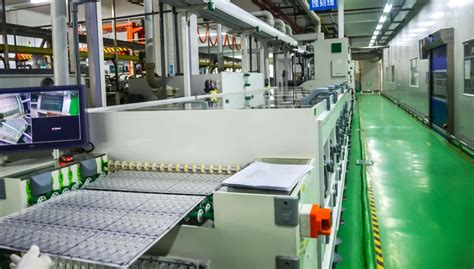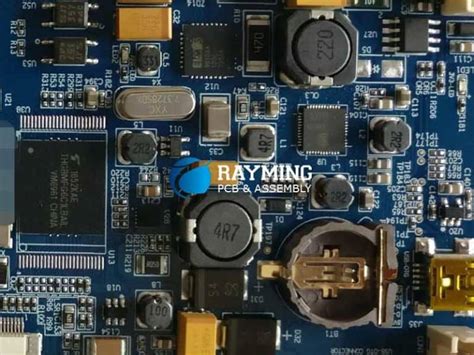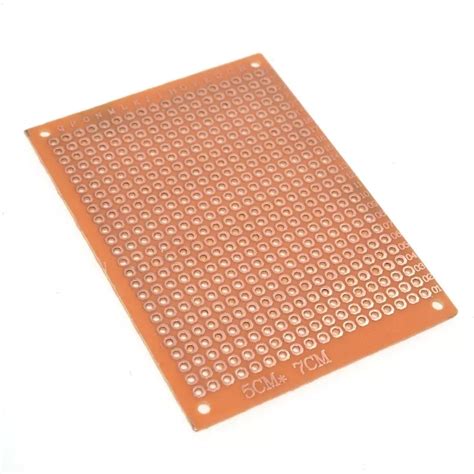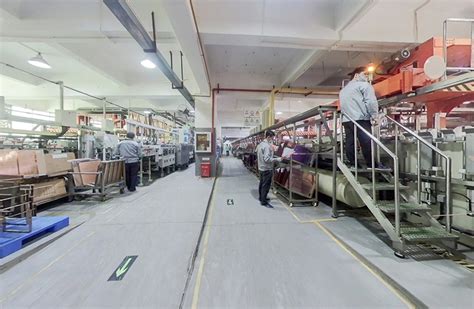The Importance of Cleaning Printed Circuit Boards (PCBs)
Introduction
Printed Circuit Boards (PCBs) are the backbone of modern electronics, serving as the foundation for the interconnection and support of various electronic components. They are used in a wide range of applications, from consumer electronics to industrial machinery, and even in critical sectors such as aerospace and medical devices. Given their ubiquitous presence and critical role, the reliability and performance of PCBs are paramount. One of the key processes that ensure the longevity and functionality of PCBs is cleaning. This article delves into the reasons why PCBs need to be cleaned, the consequences of inadequate cleaning, and the various methods employed in the cleaning process.
1. The Need for PCB Cleaning
1.1. Removal of Contaminants
During the manufacturing process, PCBs are exposed to a variety of contaminants. These can include flux residues, solder paste, dust, oils, and other particulates that can accumulate on the surface of the board. Flux, in particular, is a substance used to facilitate soldering by removing oxides from the metal surfaces and promoting wetting. However, if not properly cleaned, flux residues can lead to several issues, including corrosion, electrical leakage, and reduced insulation resistance.
1.2. Prevention of Corrosion
Corrosion is a significant concern in the electronics industry, as it can lead to the degradation of conductive paths and the eventual failure of the PCB. Flux residues, especially those containing organic acids, can be hygroscopic, meaning they attract and retain moisture. This moisture, combined with the residues, can create an electrolytic environment that accelerates the corrosion of metal traces and components. Cleaning the PCB removes these residues, thereby reducing the risk of corrosion.
1.3. Ensuring Electrical Performance
The presence of contaminants on a PCB can adversely affect its electrical performance. For instance, flux residues can create conductive paths between adjacent traces, leading to short circuits or leakage currents. This can result in signal integrity issues, increased power consumption, and even complete circuit failure. Cleaning the PCB ensures that the electrical insulation between traces is maintained, thereby preserving the board’s performance and reliability.
1.4. Enhancing Thermal Management
PCBs are often subjected to high temperatures during operation, especially in power electronics and high-performance computing applications. Contaminants on the board can act as thermal insulators, impeding the dissipation of heat from components. This can lead to overheating, reduced component lifespan, and potential thermal runaway. Cleaning the PCB removes these insulating layers, allowing for more efficient heat transfer and better thermal management.
1.5. Improving Aesthetic and Functional Quality
In addition to functional considerations, the aesthetic quality of a PCB is also important, particularly in consumer electronics where the appearance of the product can influence customer perception. Contaminants such as flux residues, fingerprints, and dust can mar the appearance of the board. Moreover, in some cases, these contaminants can interfere with the application of conformal coatings or other protective layers, reducing their effectiveness. Cleaning the PCB ensures a clean, professional appearance and facilitates the application of additional protective measures.

2. Consequences of Inadequate Cleaning
2.1. Reduced Reliability and Lifespan
One of the most significant consequences of inadequate PCB cleaning is reduced reliability and lifespan. Contaminants left on the board can lead to a variety of failure mechanisms, including corrosion, dendritic growth, and electromigration. These issues can cause intermittent or permanent failures, reducing the overall reliability of the electronic device. In critical applications such as medical devices or aerospace systems, such failures can have severe consequences.
2.2. Increased Maintenance and Repair Costs
Devices with poorly cleaned PCBs are more likely to experience failures, leading to increased maintenance and repair costs. In some cases, the failure may not be immediately apparent, resulting in costly field repairs or recalls. Additionally, the presence of contaminants can make it more difficult to diagnose and repair issues, further increasing the time and cost associated with maintenance.
2.3. Compliance and Regulatory Issues
Many industries have strict regulations regarding the cleanliness of electronic components. For example, the aerospace and medical device industries often require PCBs to meet specific cleanliness standards to ensure safety and reliability. Failure to comply with these standards can result in regulatory penalties, product recalls, and damage to the manufacturer’s reputation.
2.4. Impact on Signal Integrity
In high-frequency and high-speed digital circuits, signal integrity is critical. Contaminants on the PCB can introduce parasitic capacitance and inductance, leading to signal degradation, crosstalk, and electromagnetic interference (EMI). This can result in data errors, reduced performance, and compliance issues with electromagnetic compatibility (EMC) standards.
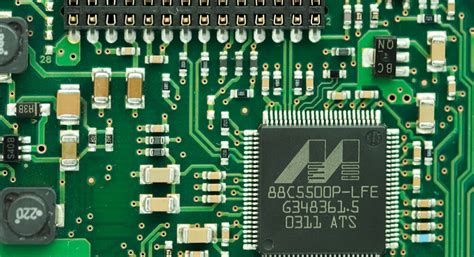
3. PCB Cleaning Methods
3.1. Aqueous Cleaning
Aqueous cleaning is one of the most common methods used to clean PCBs. It involves the use of water-based cleaning solutions, often combined with detergents or surfactants, to remove contaminants. The process typically includes washing, rinsing, and drying stages. Aqueous cleaning is effective for removing a wide range of contaminants, including flux residues, oils, and particulates. It is also environmentally friendly, as it does not involve the use of hazardous solvents.
3.2. Solvent Cleaning
Solvent cleaning involves the use of organic solvents to dissolve and remove contaminants from the PCB. Common solvents include isopropyl alcohol (IPA), acetone, and specialized flux removers. Solvent cleaning is particularly effective for removing organic flux residues and other non-polar contaminants. However, it is important to choose solvents that are compatible with the materials used in the PCB to avoid damage. Additionally, solvent cleaning requires proper ventilation and handling due to the potential health and environmental hazards associated with volatile organic compounds (VOCs).
3.3. Ultrasonic Cleaning
Ultrasonic cleaning uses high-frequency sound waves to create cavitation bubbles in a cleaning solution. These bubbles implode upon contact with the PCB surface, generating intense local cleaning action that dislodges contaminants. Ultrasonic cleaning is highly effective for removing stubborn contaminants from complex geometries and hard-to-reach areas. However, it requires careful control of parameters such as frequency, power, and cleaning time to avoid damage to delicate components.
3.4. Vapor Degreasing
Vapor degreasing is a solvent-based cleaning method that involves the use of a boiling solvent to create a vapor phase. The PCB is exposed to the solvent vapor, which condenses on the surface, dissolving and removing contaminants. The condensed solvent, along with the dissolved contaminants, is then drained away. Vapor degreasing is highly effective for removing oils, greases, and other non-polar contaminants. However, like solvent cleaning, it requires proper handling and ventilation due to the use of hazardous solvents.
3.5. Plasma Cleaning
Plasma cleaning is an advanced cleaning method that uses ionized gas (plasma) to remove contaminants from the PCB surface. The plasma reacts with the contaminants, breaking them down into volatile byproducts that can be easily removed. Plasma cleaning is particularly effective for removing organic contaminants and preparing the surface for subsequent processes such as bonding or coating. It is also a dry cleaning method, making it suitable for sensitive components that cannot withstand liquid cleaning processes.

4. Conclusion
Cleaning PCBs is a critical step in the manufacturing process that ensures the reliability, performance, and longevity of electronic devices. The presence of contaminants can lead to a host of issues, including corrosion, electrical leakage, signal integrity problems, and reduced thermal management. Inadequate cleaning can result in increased maintenance costs, compliance issues, and reduced product lifespan. Various cleaning methods, including aqueous cleaning, solvent cleaning, ultrasonic cleaning, vapor degreasing, and plasma cleaning, are available to address different types of contaminants and cleaning requirements. By understanding the importance of PCB cleaning and selecting the appropriate cleaning method, manufacturers can ensure the production of high-quality, reliable electronic products that meet the demands of today’s technology-driven world.

